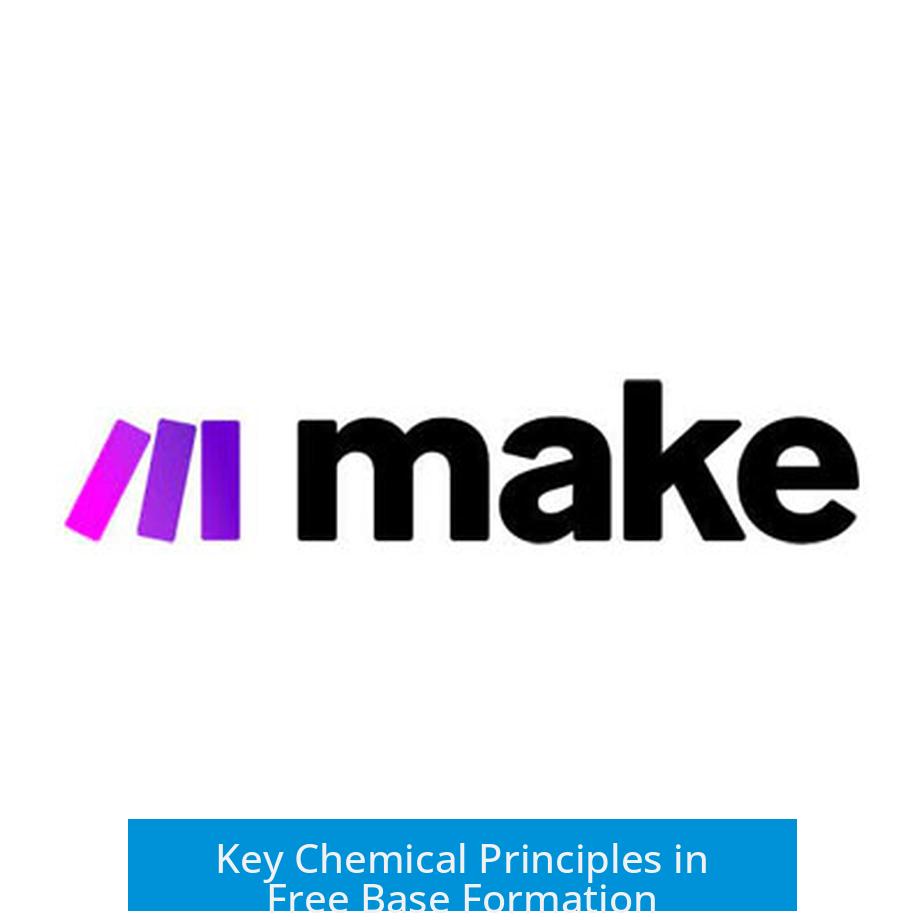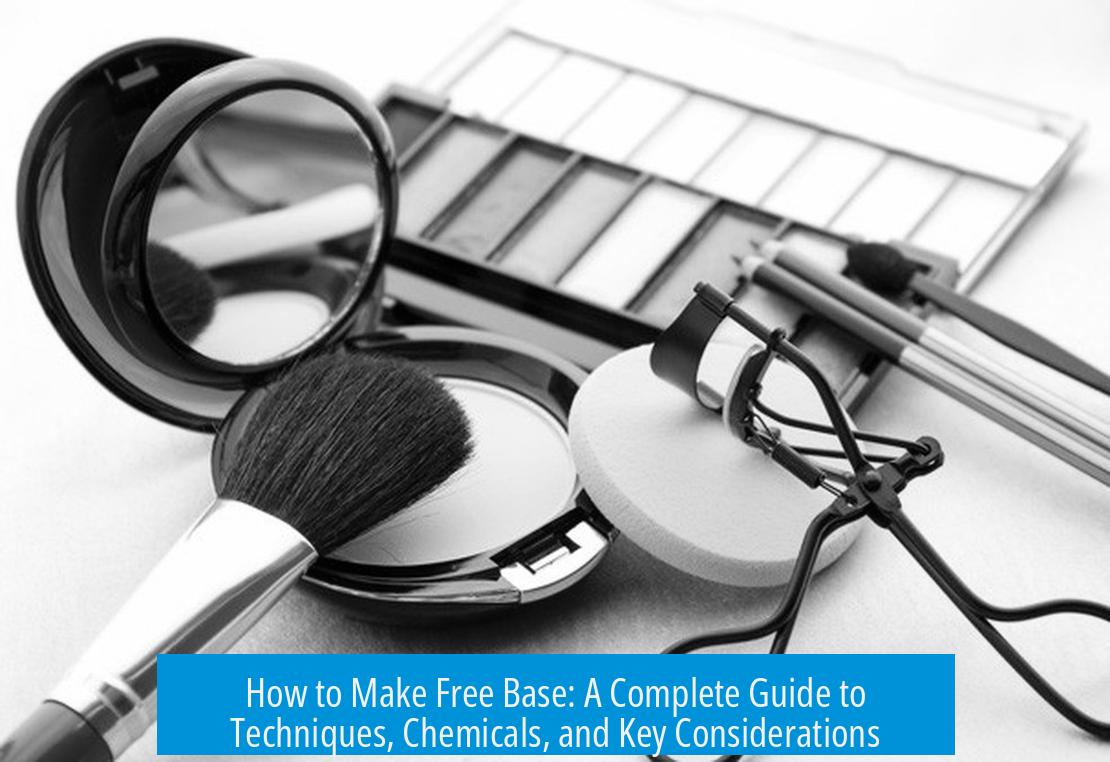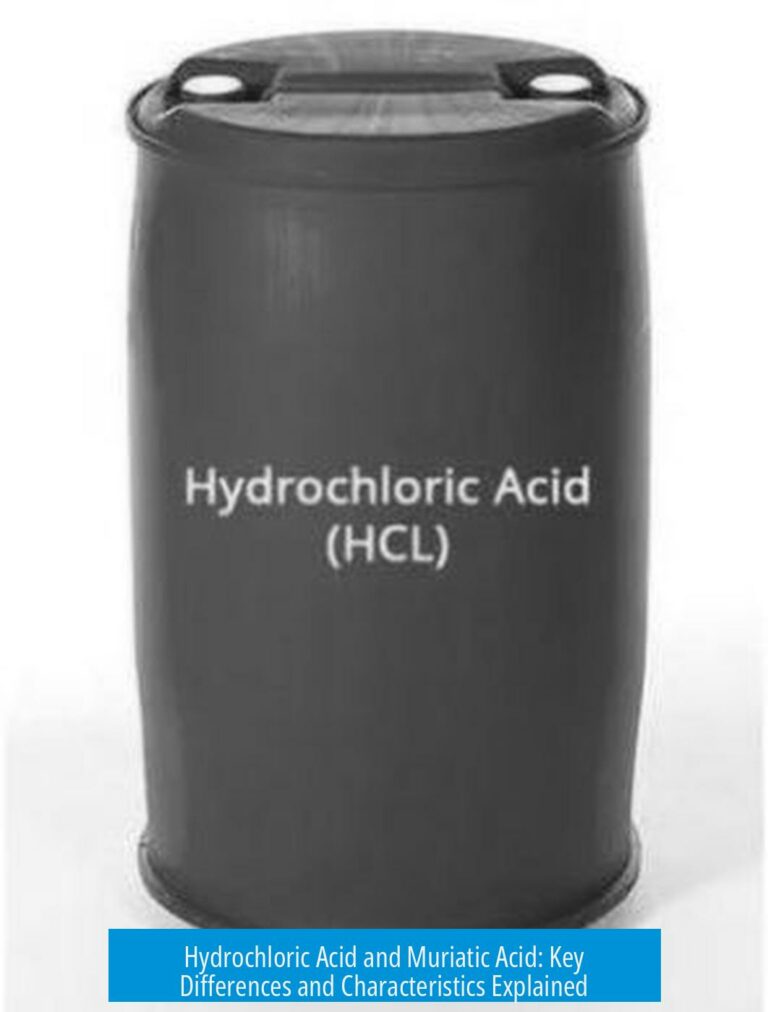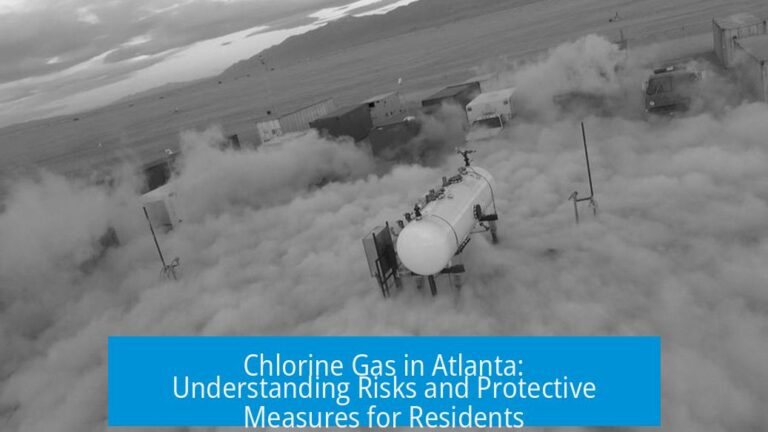How to Make Free Base: A Detailed Overview

Making a free base involves converting an ammonium salt into its corresponding free amine or base, typically by treating it with a suitable base such as ammonia or another alkaline agent. This process allows the formation and isolation of the free base, which often exhibits different solubility, volatility, and reactivity compared to its salt form.
What is a Free Base?
A free base is the unprotonated, neutral form of a compound containing an amine or basic nitrogen atom. Many compounds exist as salts—especially hydrochloride salts—in their protonated ammonium form under acidic conditions. To obtain the free base, the compound must undergo deprotonation, typically through the addition of a stronger base, shifting the equilibrium toward the uncharged species.
Key Chemical Principles in Free Base Formation

- Equilibrium: RxNH+ + NH3 ⇌ RxN + NH4+. The protonated amine (ammonium salt) reacts with ammonia or another base, which accepts the proton.
- pKa considerations: The pKa values of the ammonium salt and the conjugate acid of the base determine the equilibrium position.
- Base strength and nucleophilicity: Selected bases must be sufficiently basic to deprotonate the salt but ideally unreactive to avoid side reactions.
Common Bases Used in Free Base Preparation
Ammonia

Ammonia, especially in dry form or within a non-aqueous solvent, serves effectively to convert ammonium salts to free bases. The reaction requires careful measurement—typically 1 to 2 equivalents of ammonia relative to the ammonium salt—to push the equilibrium toward the free base.
Ammonia is more basic than many organic ammonium salts, enabling it to abstract a proton and generate the free amine. In practical application, when ammonia is added to a solution of the ammonium salt (for example, powdered cocaine dissolved in water), a white milky precipitate forms, which is the free base. Ether or other non-polar solvents can then facilitate extraction of the free base into an organic phase.
DIPEA (Diisopropylethylamine)
DIPEA is a tertiary amine base frequently used in organic synthesis for deprotonation reactions. It is less nucleophilic, minimizing side reactions, and is easy to handle. Using 1 to 2 equivalents usually suffices to generate the free base from ammonium salts. Its stability and low reactivity make it a practical alternative to ammonia.
Alkaline Salts in Cooking and Informal Settings

In other contexts, such as culinary or illicit substance preparation, common alkaline agents like baking soda (sodium bicarbonate), ammonium hydroxide, and ammonium bicarbonate often substitute as bases to produce free bases.
- Baking soda: Widely used to convert hydrochloride salts into free bases by simple heating and evaporation. For example, mixing cocaine hydrochloride with baking soda and heating causes a reaction that yields freebase cocaine via removal of the hydrochloride.
- Ammonium hydroxide: Provides a stronger alkaline environment than baking soda, often resulting in better taste or milder by-products in food applications.
- Ammonium bicarbonate: Behaves similarly to baking soda but with slightly different thermal behavior, sometimes resulting in better yield or fewer losses during heating.
Typical Procedure for Free Base Formation
Materials Needed

- Salt form of the compound (e.g., powdered cocaine hydrochloride)
- Base (ammonia, DIPEA, baking soda, etc.)
- Water or suitable solvent
- Organic solvent (e.g., diethyl ether) for extraction
- Heating apparatus
- Small glass pipe or appropriate vessel
- Piece of clean, heavy copper (optional, used to facilitate melting and vaporization)
Stepwise Approach
- Dissolve the ammonium salt in water to form an aqueous solution.
- Introduce the base slowly, either as a gas (dry ammonia) or solid (baking soda), ensuring stoichiometric or slight excess (1–2 equivalents) to push the equilibrium.
- Mix thoroughly to allow reaction, leading to precipitation of the free base if it’s less soluble.
- If applicable, add an organic solvent such as ether. This step transfers the free base into the organic phase.
- Separate the organic layer containing the freebase by standard separation methods.
- Apply heat under controlled conditions to evaporate solvents and dry the free base.
- For certain applications, the free base may be further processed by melting or vaporizing over copper to change physical form.
Factors Influencing Success in Free Base Formation
| Factor | Effect |
|---|---|
| Choice of base | Strong bases like ammonia or DIPEA efficiently deprotonate; weak bases may lead to incomplete conversion. |
| Solvent dryness | Dry solvents prevent proton exchange with water, increasing yield of dry free base. |
| Equivalents of base | 1–2 equivalents generally suffice; insufficient base leads to incomplete reaction. |
| Sealed system | Closed apparatus mitigates loss of volatile reagents like ammonia, pushing equilibrium to product side. |
| Temperature | Heating aids precipitation and evaporation steps but excessive heat can decompose sensitive products. |
Common Pitfalls and Reagent Concerns
Reagents like pyridine hydrochloride are sometimes mistakenly used but are ineffective because they do not perform as bases for free base formation. Correct reagent selection is critical. Using inappropriate alkylating agents or bases may result in no desired product or undesired side reactions.
In freebasing cocaine contexts, improper handling of solvents such as ether (highly flammable and volatile) presents safety risks.
Practical Notes
- Trial and error aided some users in mastering the process with baking soda but moving to ammonium hydroxide and ammonium bicarbonate improved outcomes.
- Losses during freebase preparation may occur due to volatility or incomplete separation; careful technique mitigates these issues.
- Use of specialized equipment like a small glass pipe and copper aid vaporization and purification steps.
Summary of Steps to Make Free Base
- Dissolve salt in water.
- Add a suitable base (ammonia, DIPEA, baking soda, ammonium hydroxide).
- Allow free base to precipitate or extract into organic solvent.
- Separate and dry the free base.
- Optional heating or vaporization with copper for purification.
Key Takeaways
- A free base forms by deprotonating an ammonium salt with a sufficient base to shift equilibrium.
- Dry ammonia and DIPEA are effective, controlled bases for free base generation.
- Baking soda and ammonium hydroxide serve as accessible alternatives in informal contexts.
- Solvent choice, dryness, and base equivalents affect yield and purity.
- Proper reaction conditions and reagent choice prevent side reactions and failures.
How to Make Free Base? A Clear, Practical Guide to the Chemistry and Process
If you’re wondering how to make free base, in essence, it means converting a salt form of an amine—often an alkaloid like cocaine or nicotine—into its neutral, more reactive and sometimes smokable form known as the free base. This process involves using a base to deprotonate the ammonium salt, creating the neutral free base form. The chemistry might sound like a secret recipe, but it’s pretty straightforward once you break it down.
Let’s dive into the nuts and bolts of free base formation, the chemicals involved, practical tips, and some insider nuances you won’t find in every chemistry book.
What Exactly Is “Free Base”?
In chemistry, a free base refers to the neutral, non-salt form of an amine or other Lewis base. You can think of it as the “base” version before it meets an acid to form a salt, like hydrochloride. Salts are often more water-soluble, while free bases tend to be less soluble in water but more soluble in organic solvents. This makes free bases suitable for different applications.
For instance, free base cocaine can be vaporized and inhaled, leading to rapid absorption and an intense effect. This is why “freebasing” is popular in certain industries and contexts.
The Chemistry Behind Making Free Base: Using Ammonia
Free base formation revolves around shifting the equilibrium from an ammonium salt (RxNH+) to the free base form (RxN), and a very convenient player here is ammonia (NH3).
| Equilibrium Reaction: | RxNH+ + NH3 <—>> RxN + NH4+ |
Why ammonia? It’s more basic than most organic ammonium salts. The ammonia grabs a proton from the ammonium salt, generating the neutral free base (RxN) and ammonium ion (NH4+). Easy enough, right?
- Tip: Use dry ammonia or ammonia dissolved in a dry solvent. Moisture can mess with the reaction.
- You only need about 1 to 1.5 equivalents of ammonia under a closed system. If the system is a bit leaky, pushing it to 2 equivalents keeps the conversion steady.
And here’s a nugget of wisdom: you don’t need to convert a full batch at once. The reaction will drive equilibrium to create just enough free base for your next step. If ammonia seems ineffective, double-check the system’s sealing and your reagents’ purity.
Alternatives: Why DIPEA Might Be Your Best Friend
If handling ammonia sounds like a hassle, meet DIPEA (diisopropylethylamine). This tertiary amine is less reactive chemically but still packs a punch as a base. Here’s the upside:
- It won’t stick its nose into the main reaction — tertiary amines are less nucleophilic than ammonia.
- Using 1 to 2 equivalents of DIPEA in your reaction typically does the job efficiently.
- DIPEA’s practical to handle, with far less odor and toxicity worries than ammonia fumes.
It’s a classic case of chemistry meets convenience—sometimes the “easier” base wins.
From the Kitchen to the Lab: Real-World Experiences with Alkalyting Agents
Believe it or not, cooks have experimented with various bases in their creative ventures, which illustrate the subtleties of free base formation in a practical light:
- Baking Soda (Sodium Bicarbonate): The first go-to but a bit challenging to get right without instruction. It can work but may result in lower yields.
- Ammonium Hydroxide: Offers better results, smoother reactions, and better taste in culinary applications—similar benefits translate to chemical purity in lab analogs.
- Ammonium Bicarbonate: Recently tested as a superior alternative. It behaves like baking soda during cooking but reportedly delivers better outcomes. However, it tends to degrade or escape during processes, leading to loss of material.
Interestingly, ammonium bicarbonate barely gets its due online despite being favored by harm reduction experts. It might be an underdog worth considering when purity is critical.
Choosing Your Reagents Wisely Matters
Not every chemical labeled as an “alkylating agent” is suitable for free base formation. For example, pyridine hydrochloride, commonly used for ether cleavage, can throw a wrench in your plans by engaging in unwanted side reactions.
Some folks wonder why pyridine hydrochloride would ever be the alkylating agent of choice here—probably a recipe for failure. Explicitly clarify which reagents you’re combining before starting. Mistakes in reagent choice become costly.
Putting This All Together: The Classic Freebasing Example With Cocaine
Let’s break it down practically since freebasing cocaine is a well-known (though illicit) example:
- Dissolve cocaine hydrochloride in water.
- Add a base like baking soda, or better yet ammonia or DIPEA.
- A white milky precipitate of free base forms, which is then extracted.
- Use a solvent such as ether (highly flammable!) to dissolve the base and separate it from water-soluble salts.
- The result is a purer, smokable free base with a low melting point.
A crucial safety note here: doing chemical reactions involving volatile solvents and bases requires appropriate lab equipment, knowledge, and safety precautions. No shortcuts.
What Does Freebasing Really Do? Risks, Effects, and Bioavailability
Freebase forms of drugs are more potent and fast-acting because they vaporize or absorb quickly. For cocaine, it means a rapid, intense high but also a much higher risk of overdose and addiction.
The immediate rush caused by freebase cocaine stimulates powerful cravings, making it riskier than other administration methods. So while the chemistry is fascinating, the implications are serious.
Curious About Recent Trends and Research?
It’s worth mentioning that freebasing is no longer commonly done using ether in some regions due to fire hazards and legal measures. Modern methods favor safer bases and solvents to extract and utilize free bases efficiently.
Also, ammonium bicarbonate’s potential is ripe for exploration. Some harm reduction agencies now recommend it due to its performance and relative safety compared to baking soda.
Could we see a resurgence in novel free base preparation methods that prioritize safety and efficacy? Time will tell.
Final Thoughts: Mastering Free Base Formation
So, how do you make free base? Use a suitable base like dry ammonia or DIPEA to deprotonate the ammonium salt, carefully control your reaction environment, and select your solvents and reagents to avoid side reactions.
While practical experience and some trial and error (as seen with culinary experiments using ammonium salts) help fine-tune your method, always prioritize purity and safety.
Need a quick checklist?
- Start with a dry environment and dry ammonia or DIPEA
- Use 1–2 equivalents of base, adjusting for system leaks
- Avoid problematic alkylating agents (like pyridine hydrochloride in the wrong context)
- Consider ammonium bicarbonate if you want an alternative to baking soda for related processes
- Handle volatile solvents carefully with proper ventilation and equipment
With these points in mind, free base chemistry becomes less daunting and more of an approachable science experiment than an enigma.
Isn’t chemistry fun when you get the formulas right and see direct results? What other bases or methods have you encountered or experimented with? Drop a comment and let’s talk chemistry!
How does ammonia help in making a free base?
Ammonia, especially dry ammonia or ammonia in a dry solvent, converts ammonium salts into free bases. It shifts equilibrium by replacing acidic ammonium ions with free amines.
Can DIPEA be used instead of ammonia in freebase formation?
Yes, DIPEA (diisopropylethylamine) is a tertiary amine that works well as a base. It is less reactive in some reactions and easier to handle practically. Typically, 1-2 equivalents are enough.
What are common kitchen bases used for making free bases?
Baking soda, ammonium hydroxide, and ammonium bicarbonate are common. Baking soda is traditional, ammonium hydroxide improves taste, and ammonium bicarbonate offers similar results but data is scarce.
What is the role of heating in freebase preparation?
Heating evaporates solvents and helps isolate the free base. For example, cocaine powder mixed with baking soda is heated to remove water and convert to freebase form.
Why is reagent choice important in freebase production?
Using correct reagents ensures free base formation. Some compounds like pyridine hydrochloride hinder the process. Clear understanding of the chemicals and their reactions is essential.





Leave a Comment